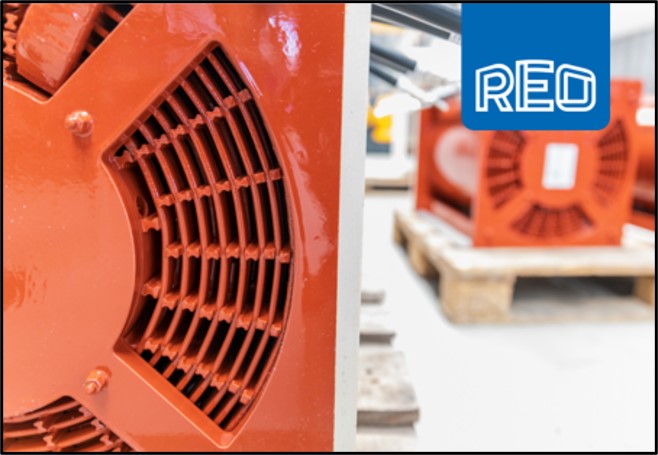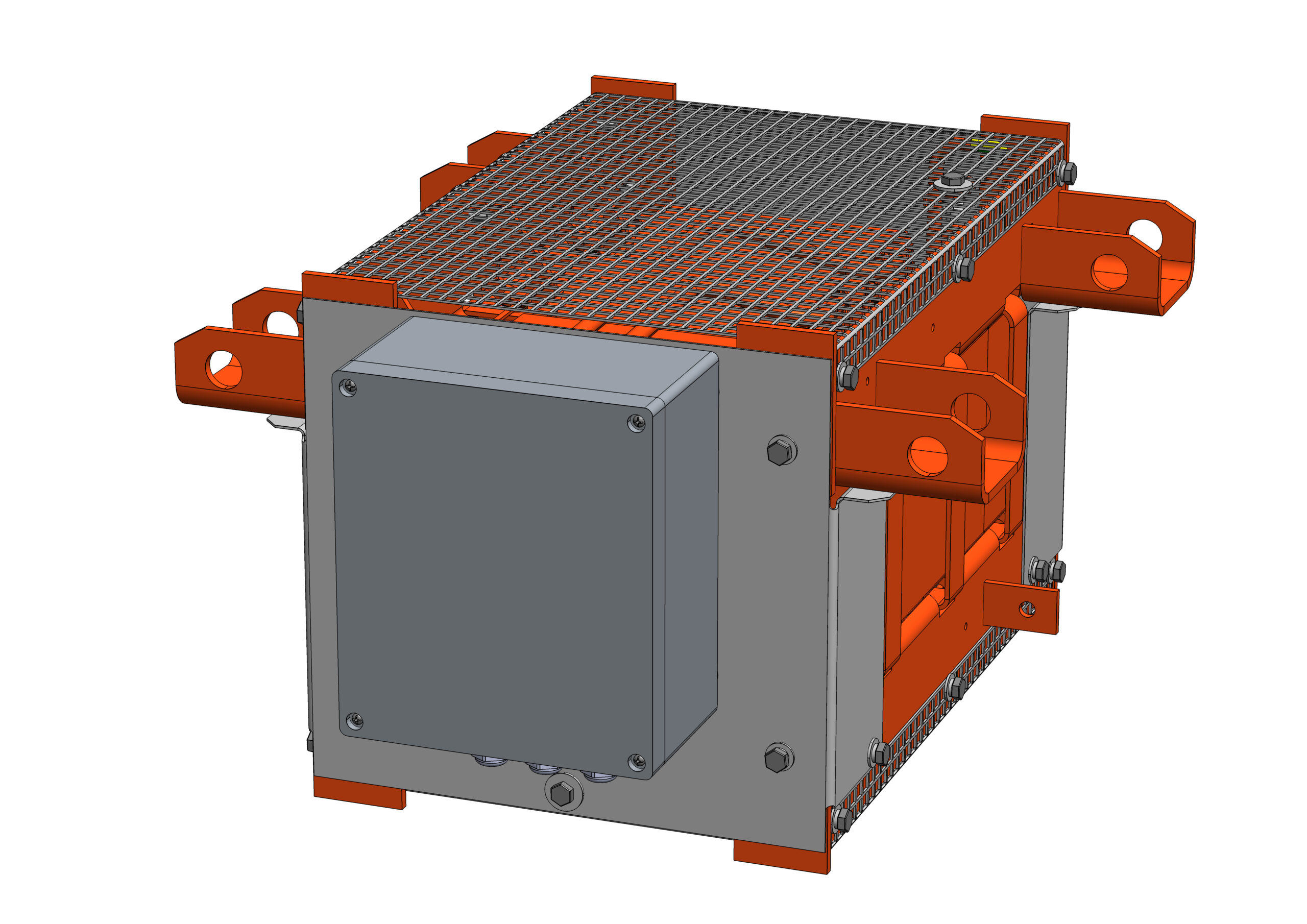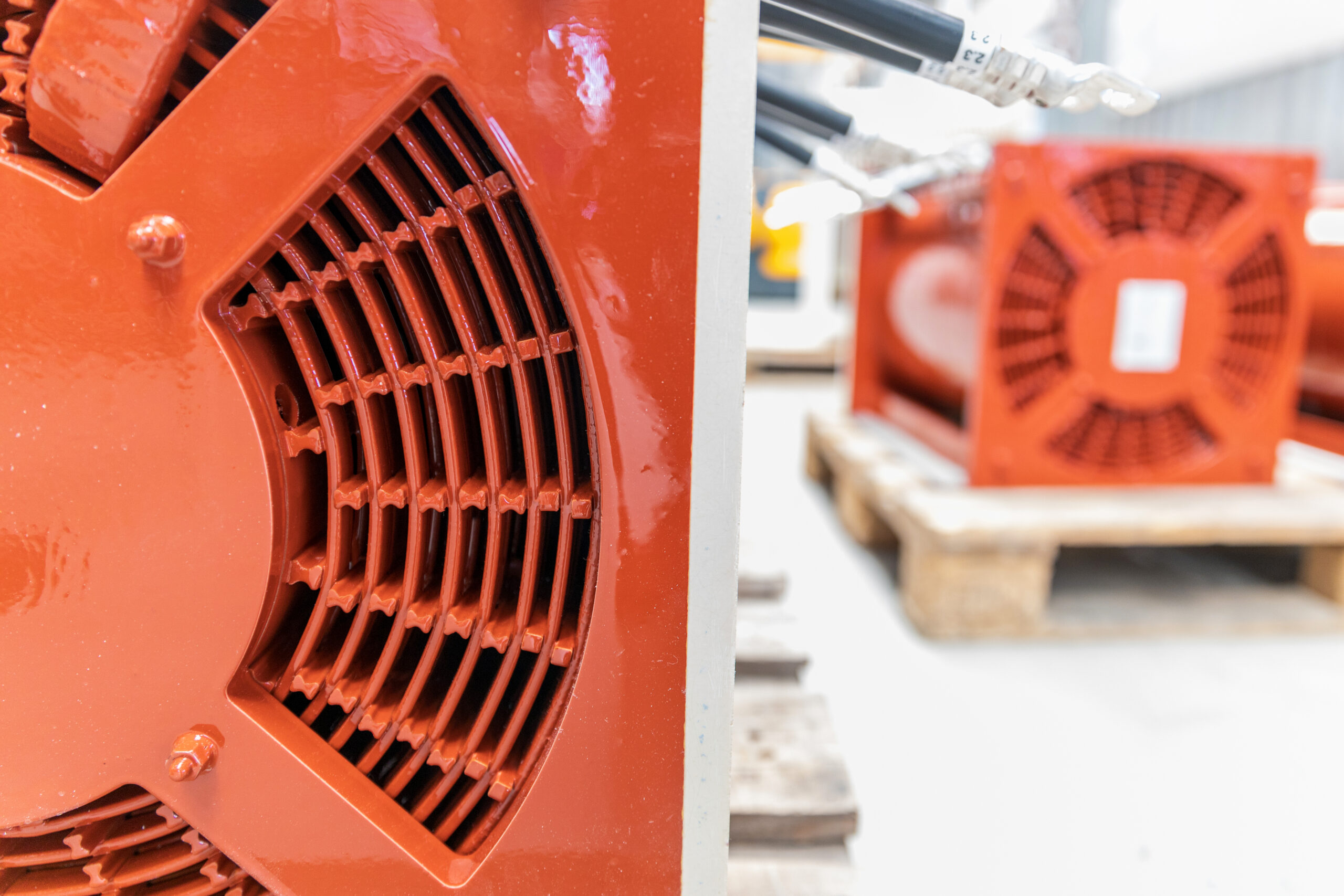European Railway Standards for Transformers and Chokes
Downloads
| REO2024-19-Railway-Standards.docx ( DOCX 238KB) |
| REO-Choke-on-Frame-scaled.jpg ( JPG 383KB) |
| REO-Train-Choke-scaled.jpg ( JPG 460KB) |
| REO-Air-Choke-scaled.jpg ( JPG 514KB) |
In the European Railway Sector, standards apply to aspects such as trains, railway tracks, signalling systems, safety regulations and environmental considerations. Following these standards guarantees that rail companies and manufacturers deliver dependable products and services that are interoperable with other European systems.
Railway Applications Standard EN 60310, for Traction Transformers and Inductors Installed on Trains
EN 60310 standard defines the criteria for traction transformers and inductors utilised in train carriages. These components transform electrical power from overhead lines or third rail into the appropriate levels needed for prime or auxiliary systems onboard the train. The standard sets out guidelines for performance metrics, safety measures, and testing methodologies to guarantee the operation of these components across different scenarios. This ensures that these parts are sturdy and can deliver reliable performance safely.
Railway applications – Rolling stock equipment – Shock and vibration tests EN61373
EN 61373 outlines the testing criteria for assessing the impact of shocks and vibrations on train equipment as it navigates varying track conditions and eventualities. Rigorous testing ensures that all components, like systems and mechanical parts, can operate safely under these conditions.
Degrees of Protection Provided by Enclosures as per the IP Code specified in EN 60529.
EN 60529 standard outlines the categorisation of levels offered by enclosures for electrical devices known as Ingress Protection (IP). The IP Code indicates the degree of safeguard against solids (such as dust) and liquids (like water). This standard is essential in designing and choosing enclosures for electrical devices utilised in the railway sector, where exposure to environmental conditions is part of the specified operating conditions.
Railway Applications Insulation Coordination as per DIN, EN 50124
EN 50124 outlines the guidelines for insulation specification in railway settings, particularly rolling stock, signalling and fixed installations; it involves creating insulation systems to avoid electrical failures during standard operating and uncontrolled conditions. EN 50124 concerns how leakage currents between two conductors cause insulation failure, focusing on potential electron flows either in the air or along the surface of the insulating material.
Railway Safety Standards. Ensuring Fire Protection for Trains, EN455445-2
EN 45545 2 standard outlines the fire safety guidelines for materials and parts employed in trains, categorising them according to their fire-resistant properties and establishing the appropriate testing procedures to follow for compliance purposes. The ultimate goal is to reduce fire hazards and safeguard the well-being of both passengers and railway personnel in case of an emergency situation. This standard guarantees that the materials utilised in railway applications adhere to fire safety standards, reducing the risks of both initial combustion and of the fire spreading.
EN 15085-2 Railway application – Welding of rail vehicles and parts, Part 2: Quality requirements and certification of welding.
Welding plays a crucial role in the production of railway vehicles, as any flaws in welded connections could result in significant safety issues. The standard ensures that manufacturers can guarantee that their welding techniques adhere to the quality and safety guidelines and uphold the structural integrity of the components they supply and the systems that utilise them.
The Importance of European Standards on the Rail Sector
The rail industry benefits advantages beyond just meeting individual EN standards through their adoption and integration.
Improved Safety
EN regulations like the ones noted above ensure that railway operations adhere to stringent safety protocols to minimise the chances of incidents and malfunctions that could jeopardise the well-being of passengers, staff and third parties.
Connecting systems to work together seamlessly.
European standards help different railway systems in Europe work together smoothly and safely, offering rail services that cross borders, be it literally with services that cross international borders or figuratively with the ready supply of equipment in import and export markets.
Quality Control
The EN standards serve as a measure of quality, guaranteeing that products and services meet performance and dependability standards. This helps uphold the credibility of manufacturers and operators while ensuring passengers receive the best possible service quality.
Adherence to law
EN norms are frequently mandated by law in the EU region for rail operators and manufacturers to fulfil their responsibilities and avoid accidents and the potential of litigation.
Market Access
Manufacturers usually have to meet EN standards to enter the market effortlessly since products complying with these standards are typically more readily accepted and endorsed by European regulatory bodies.
In summary
EN standards play a role in the railway sector by setting the guidelines for safety and quality in various rail operations throughout Europe.
As the railway sector advances further in its development journey, the significance of these regulations will undoubtedly increase. Any potential supplier of components or systems in the railway sector must demonstrate conformity and knowledge of these standards.
If you would like to find out more about the wide range of products REO UK offers for use in train and railway applications, please visit https://www.reo.co.uk/solution/rail-solutions/













